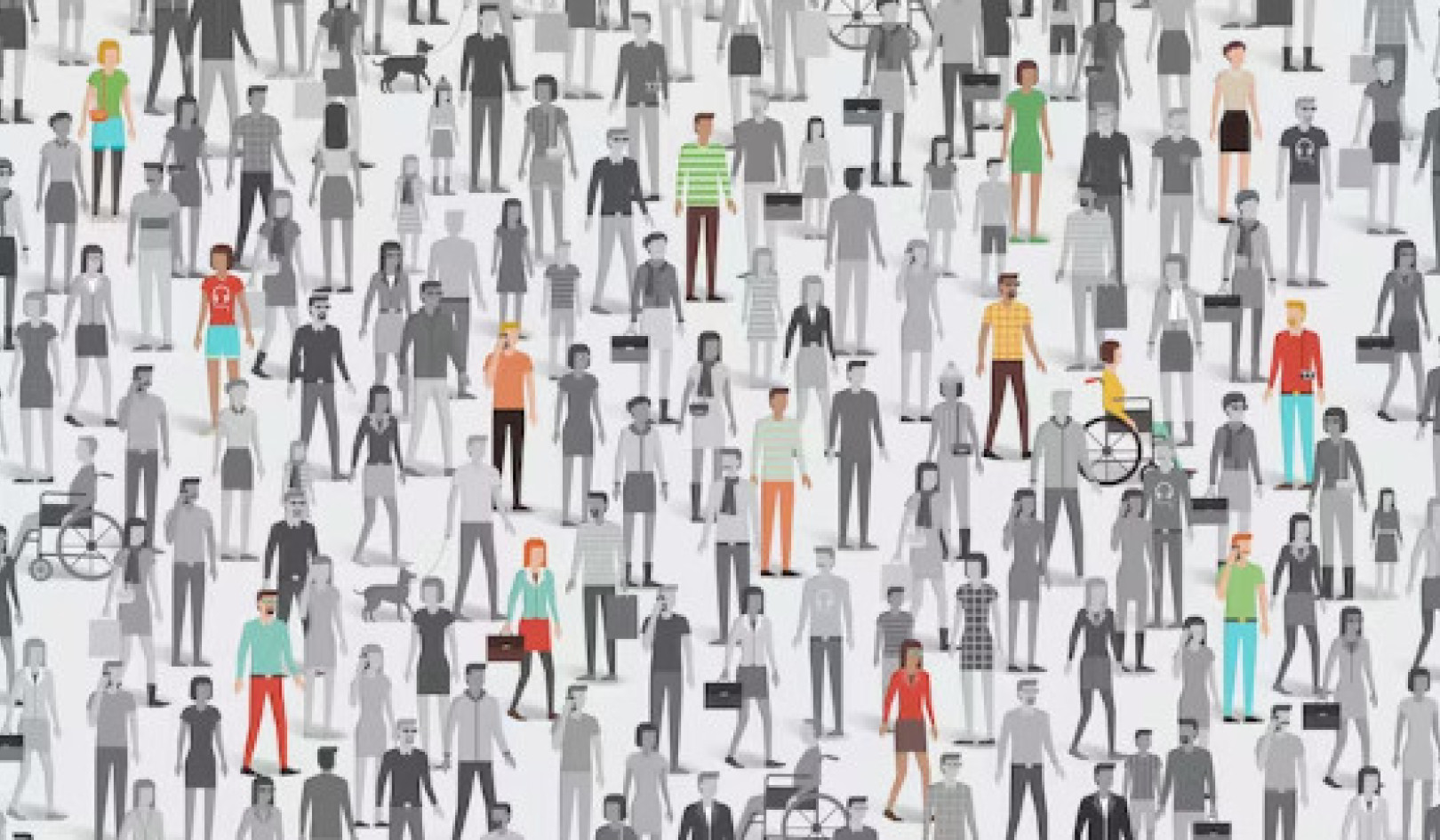
"Getting the social cost of carbon right is most pressing, given its importance to policy," says Charles Kolstad. "It's also an area where rapid research progress should be possible."
Knowledge about the physical science of climate is growing, but there’s an emerging missing link: What are the economic and social consequences of changes in the climate and efforts to control emissions of greenhouse gases?
A team led by Stanford University professors Charles Kolstad and Marshall Burke argues that relatively low funding for social science research has contributed to a knowledge gap about what climate change means for human society.
This knowledge gap, they argue, renders the large advances in natural science less useful than they could be for policymakers. Their paper appears in Science.
3 research questions that could close the gap
1. What is the true cost of carbon emissions?
The social cost of carbon (SCC) is a dollar value estimate of future social and economic damages caused by each present-day metric ton of carbon emissions. It can also be thought of as the amount of money society saves, in terms of damage avoided, by not emitting an additional metric ton of carbon.
“The SCC is a key policy measurement that’s already being used in US government regulations. But existing estimates have shortcomings and these need fixing if we are going to make the correct policy decisions around climate change,” says Burke, an assistant professor at Stanford School of Earth, Energy and Environmental Sciences, a center fellow at the Freeman Spogli Institute for International Studies, and a faculty fellow at the Stanford Institute for Economic Policy Research.
[Climate and politics could test Arctic people]
Current SCC calculations leave out several important factors. For example, what is the economic cost of extreme climate events such as floods and droughts? How should economists estimate “non-market” damages that are exacerbated by climate change, such as armed conflict, disease epidemics, and deforestation? In what parts of the world does climate change slow or accelerate economic growth? Can farmers avoid lost income from climate change by adapting their crop choices and planting schedules?
“Getting the social cost of carbon right is most pressing, given its importance to policy,” says Kolstad, a senior fellow at the Stanford Institute for Economic Policy Research and at the Precourt Institute for Energy. “It’s also an area where rapid research progress should be possible.”
2. What emissions mitigation policies are best?
Once researchers agree on the true cost of carbon, there are many policy options for reducing emissions. Industry regulations and subsidies for renewable energy are popular policy choices for governments all over the world, but they may be weaker at cutting emissions than less politically popular options like carbon pricing or tradeable carbon emission permits.
“Until we understand more about the benefits and tradeoffs of different carbon pricing options, governments are almost flying blind on climate mitigation policy,” Kolstad says. “When we can make a clear economic case for one policy over the other, we can better align decisions about carbon pricing systems with their actual costs and benefits and, as a result, strengthen political support for action.”
3. What role do developing countries play?
Most of the existing research on climate economics tends to focus on wealthy countries, even though developing countries now contribute more total greenhouse gas emissions. Poorer countries also often face a different policy environment than richer countries and are potentially more economically vulnerable to changes in climate.
“We need better evidence on how impacts of climate change might differ in developing countries, as well as a deeper understanding of the climate policy choices faced by developing country governments,” Burke says.
More funding
Twenty-eight leading economists contributed to the paper, a fact that Burke points to as evidence of broad consensus on the need for more economic research on climate change.
The biggest roadblock, the authors agree, is funding.
“The research problems are tough for both natural scientists and economists, but research support has been much more modest in economics, so far fewer people are working in the area and progress has been slower,” Kolstad says.
“Dozens of teams of physical scientists around the world work with the exact same climate simulations and compare results to estimate future climate change,” Burke says. “Economists are just starting to do something similar, and as this collaboration develops I think it will immensely valuable. There’s a strong argument for spending research dollars on understanding the economic and social implications of that physical science. Social science is relatively cheap, so extra funding can go a long way.”
Kolstad encourages young researchers to pursue the “many interesting, socially relevant questions in this field” and advises governments to work together to strengthen long-term research funding and support for graduate students and postdoctoral researchers. “Otherwise,” he says, “the large sums spent on natural science will be poorly targeted.”
Source: Stanford University
Related Book:
at InnerSelf Market and Amazon

























